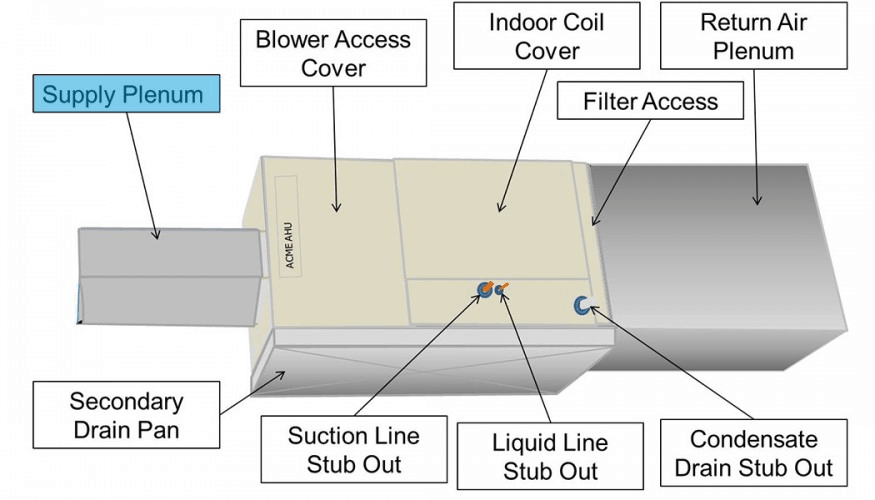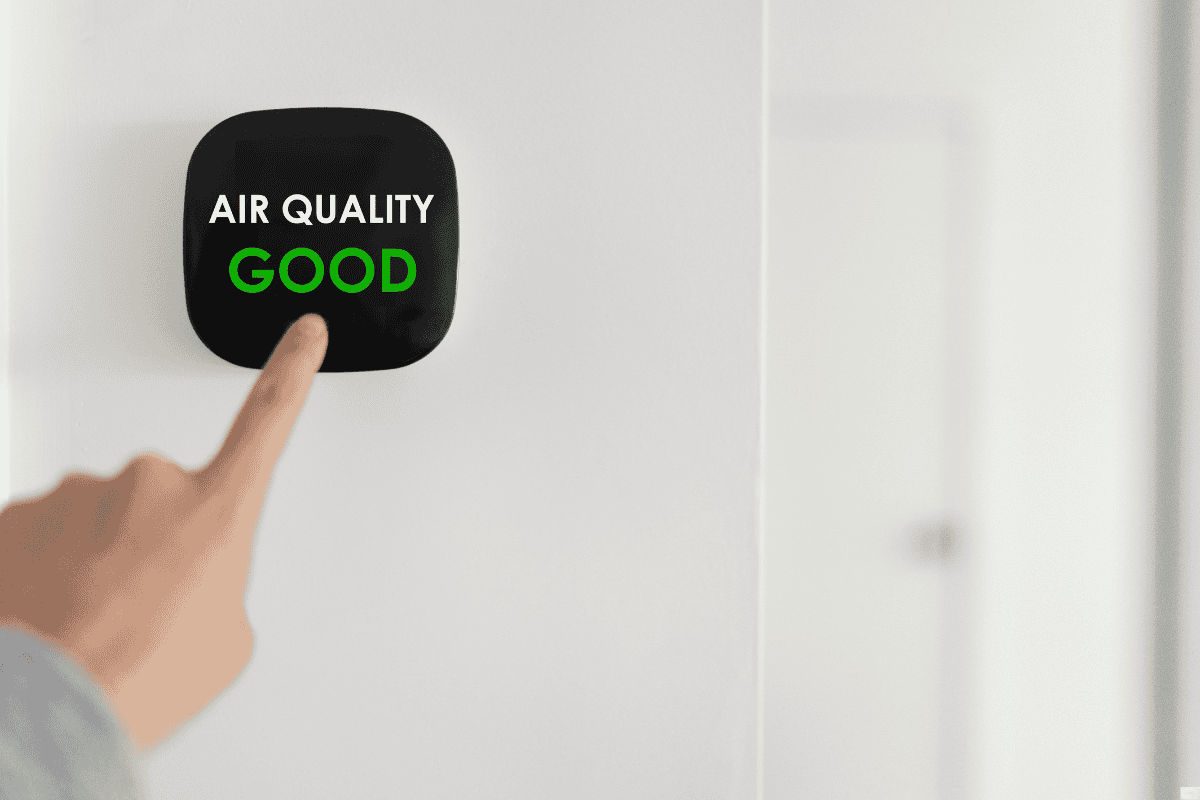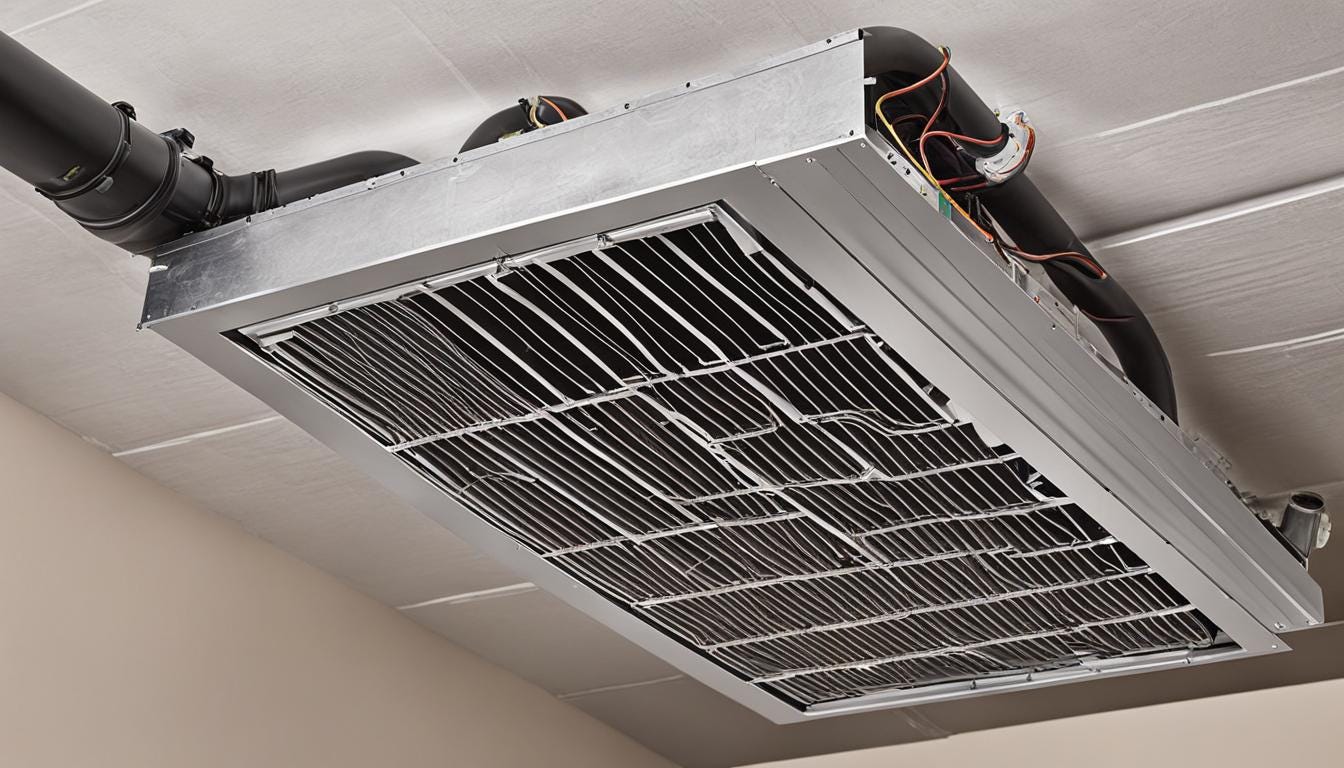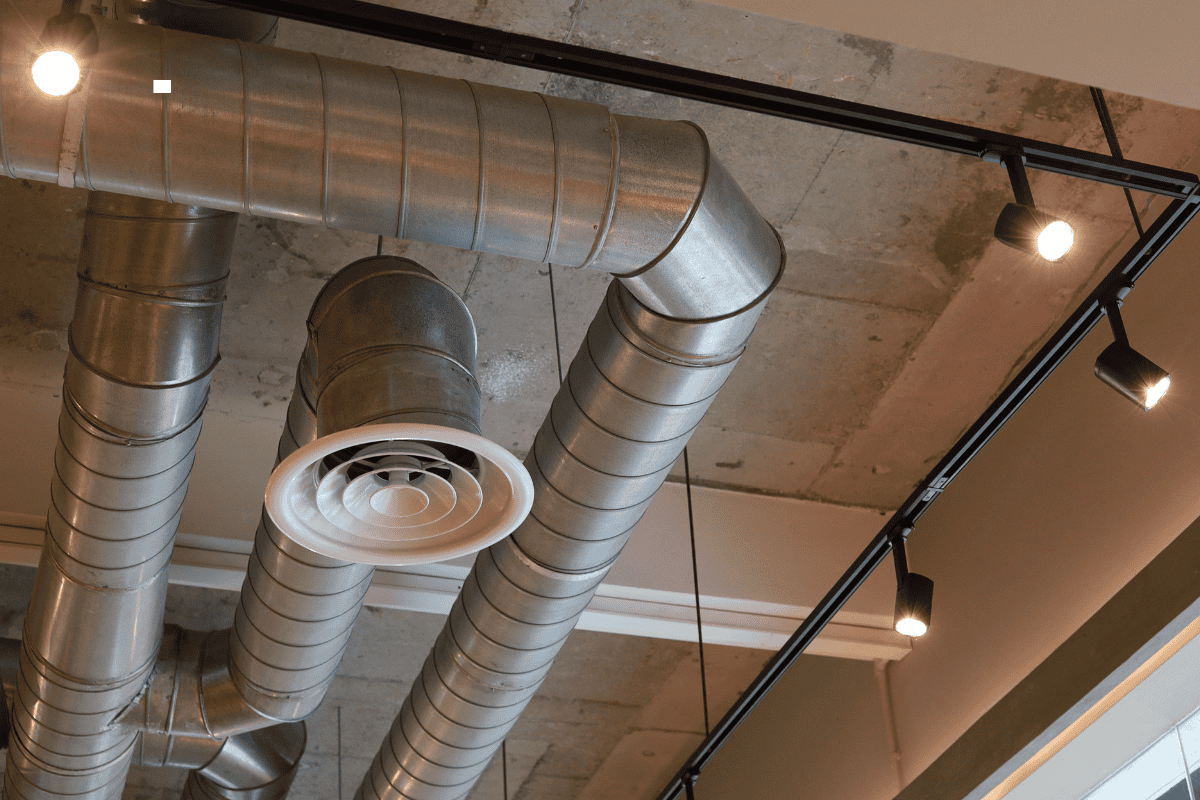What is a Plenum in HVAC Systems: Role and Importance

In the world of HVAC systems, a plenum plays a vital role in maintaining efficient air distribution and return throughout your home or building. This often overlooked component is a dedicated space within the ductwork that facilitates the circulation of conditioned air from the HVAC unit. Without a properly designed and installed plenum, the heating and cooling system would struggle to maintain optimal indoor air quality and comfort levels.
Understanding the significance of plenums in achieving effective air conditioning and heating is crucial. Whether you’re a homeowner seeking to enhance your HVAC system’s performance or a professional contractor installing a new unit, grasping the role and importance of plenums is essential.
In this comprehensive guide, we’ll explore the intricacies of plenums, discussing their various types, functions, and the impact they have on airflow, air distribution, and overall indoor air quality.
Contents
Types of HVAC Plenums
There are mainly two types of plenums:

1. Supply Plenum
The supply plenum is located at the outlet of the HVAC unit or ductwork, playing a crucial role in the air back process. Its primary function is to distribute conditioned air (heated or cooled air) from the HVAC system to various areas within the building.
This plenum box is responsible for evenly dispersing the treated air throughout the ductwork and into the desired spaces, maintaining consistent temperatures and air quality.
2. Return Plenum
The return plenum is positioned at the inlet of the HVAC unit or ductwork, forming a key part of the air ducts system. Its purpose is to collect and return used air from the building back to the air conditioner or furnace for reconditioning.
The return plenum box gathers the air from various return vents and channels it back to the ac unit, where it can be filtered, heated, cooled, or dehumidified as needed before being recirculated.
What Does a Plenum Do In An HVAC?
1. Air Distribution and Balance
Plenums help to distribute air throughout the building while maintaining proper airflow balance. They also check that correct amount of air is delivered to each room or zone, preventing uneven temperatures or air quality issues.
2. Noise Reduction
Properly designed plenums can help attenuate HVAC system noise, contributing to a more comfortable indoor environment by minimizing disruptive sounds from the air conditioning or furnace units.
3. Energy Efficiency
Well-designed plenums optimize airflow and minimize energy loss, thereby enhancing the overall energy efficiency of the HVAC system. Efficient air distribution reduces the workload on the HVAC equipment, leading to lower energy consumption and cost savings.
4. Air Quality Enhancement
Plenums can incorporate air filters and other air purification devices to remove contaminants such as dust, pollen, and airborne particles from the circulating air. By improving indoor air quality, plenums create a healthier and more comfortable environment for building occupants, reducing the risk of respiratory problems and allergies.
5. Temperature Regulation
Plenums help regulate indoor temperatures by controlling the flow of conditioned air from the HVAC system. By adjusting airflow rates and distribution patterns, plenums maintain desired temperature levels consistently throughout the building, enhancing occupant comfort and productivity. Plenum work is essential for this balance.
6. Moisture Management
In addition to temperature control, plenums also play a role in managing indoor humidity levels. By properly distributing dehumidified air from the HVAC system, plenums help prevent moisture buildup, reducing the risk of mold growth and maintaining optimal indoor air quality.
Mold spores can become airborne and cause allergic reactions, asthma attacks, and other respiratory issues. In the worst-case scenario, these spores can also lead to serious long-term health problems, such as neurological disorders.
7. Fire Protection
Some plenums are designed to act as fire barriers, compartmentalizing building spaces and preventing the spread of fire and smoke through the HVAC ductwork. By containing fire hazards and limiting their impact, plenums enhance overall fire safety and protection for building occupants.
Plenum Installation and Design Considerations
1. Proper Sizing and Placement
Plenums should be sized and positioned correctly for optimal airflow and HVAC system performance. The dimensions and layout of the sheet metal plenum boxes must be carefully calculated based on the specific requirements of the building and the HVAC equipment.
2. Importance of Sealing and Insulation
Proper sealing and insulation of plenums are essential to prevent air leaks and minimize thermal losses. Air leaks can significantly reduce the efficiency of the HVAC system, leading to higher energy costs and potential temperature imbalances in the cool or warm air distribution. Insulating the plenums helps maintain the desired temperature of the conditioned air and prevents energy waste.
3. Common Installation Mistakes to Avoid
Avoiding common errors during plenum installation, such as improper sealing, inadequate insulation, or incorrect sizing, is crucial for maximizing HVAC efficiency. Incorrect installation can compromise the system’s performance, lead to energy losses, and potentially create indoor air quality issues.
Maintenance and Troubleshooting
1. Regular Inspection and Cleaning
Routine inspection and cleaning of plenums are necessary for proper airflow and prevent the buildup of contaminants. Dust, debris, or other particles can accumulate in the plenum boxes, restricting airflow and reducing the overall efficiency of the HVAC system.
2. Identifying and Fixing Leaks
Detecting and repairing any leaks in the plenum in an HVAC system is essential to maintain system efficiency and indoor air quality. Leaks can allow unconditioned air to enter the system, leading to increased energy consumption and potential temperature imbalances.
3. Common Issues and Solutions
Understanding common plenum-related issues, such as airflow restrictions, filter blockages, or insulation deterioration, allows for timely troubleshooting and resolution. Addressing these issues promptly can prevent further damage to the HVAC system and provide optimal performance.
When to Contact HVAC Angel?
When it comes to maintaining the optimal performance and efficiency of your HVAC system’s plenum, seeking professional assistance is crucial. At HVAC Angel, we understand the complexities involved in plenum design, installation, and maintenance, and our team of highly skilled technicians is dedicated to providing you with the best possible solutions.
Our technicians possess the latest diagnostic tools and in-depth knowledge to accurately identify and address the root cause of the problem, providing a long-lasting and effective solution.
What sets HVAC Angel apart is our unwavering commitment to quality and customer satisfaction. We pride ourselves on employing experienced and certified professionals who stay up-to-date with the latest industry standards and best practices. Our team will meticulously assess your plenum system, provide detailed recommendations, and execute any necessary repairs or installations with precision and attention to detail.
By choosing HVAC Angel, you can rest assured that your plenum will be optimized for maximum energy efficiency, air distribution, and indoor air quality, contributing to a comfortable and healthy indoor environment.
Frequently Asked Questions
1. What is the difference between a duct and a plenum?
A duct is a cylindrical or rectangular tube that carries conditioned air, while a plenum is a larger chamber or box that distributes or collects air from multiple ducts.
2. What is a plenum space in HVAC?
A plenum space is an area within a building designated for the circulation of air from the HVAC system, typically between walls, floors, or ceilings.
3. How do I calculate my HVAC plenum size?
Plenum sizing requires considering factors like the HVAC system capacity, building size, and desired airflow rates. It’s best to consult with a professional HVAC contractor for accurate calculations.
4. What is the typical height of a plenum?
The height of a plenum can vary based on the specific requirements, but a common range is between 12 to 24 inches, allowing for adequate airflow and accessibility for maintenance.



